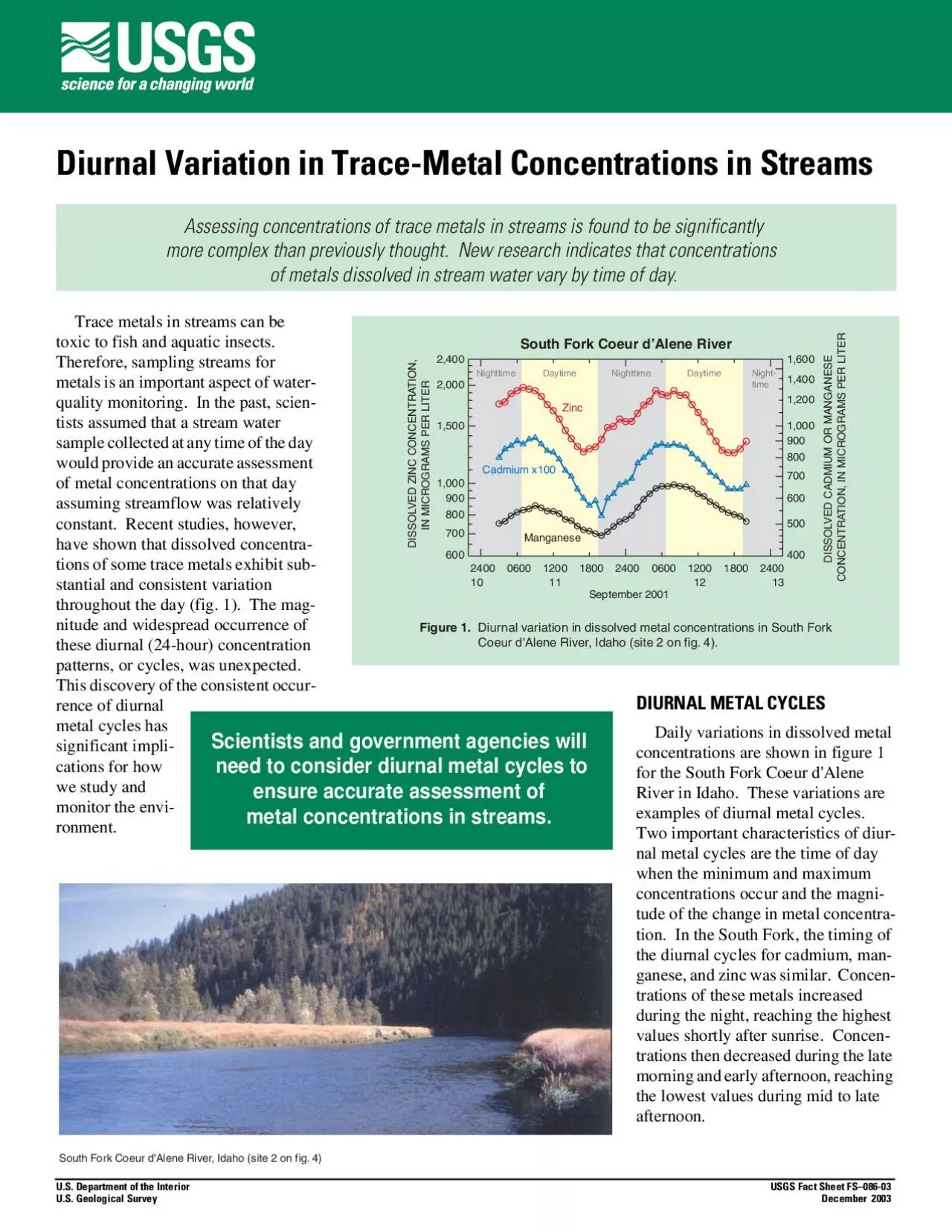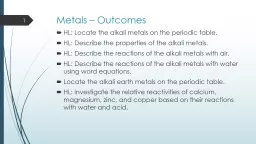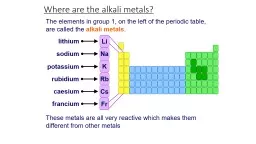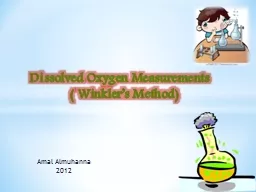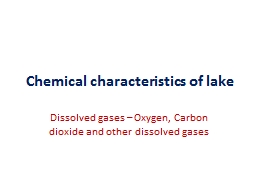PDF-of metals dissolved in stream water vary by time of day
Author : martin | Published Date : 2022-09-05
rence of diurnal metal cycles has significant impli cations for how we study and monitor the envi ronment DIURNAL METAL CYCLES Daily variations in dissolved metal
Presentation Embed Code
Download Presentation
Download Presentation The PPT/PDF document "of metals dissolved in stream water vary..." is the property of its rightful owner. Permission is granted to download and print the materials on this website for personal, non-commercial use only, and to display it on your personal computer provided you do not modify the materials and that you retain all copyright notices contained in the materials. By downloading content from our website, you accept the terms of this agreement.
of metals dissolved in stream water vary by time of day: Transcript
Download Rules Of Document
"of metals dissolved in stream water vary by time of day"The content belongs to its owner. You may download and print it for personal use, without modification, and keep all copyright notices. By downloading, you agree to these terms.
Related Documents

